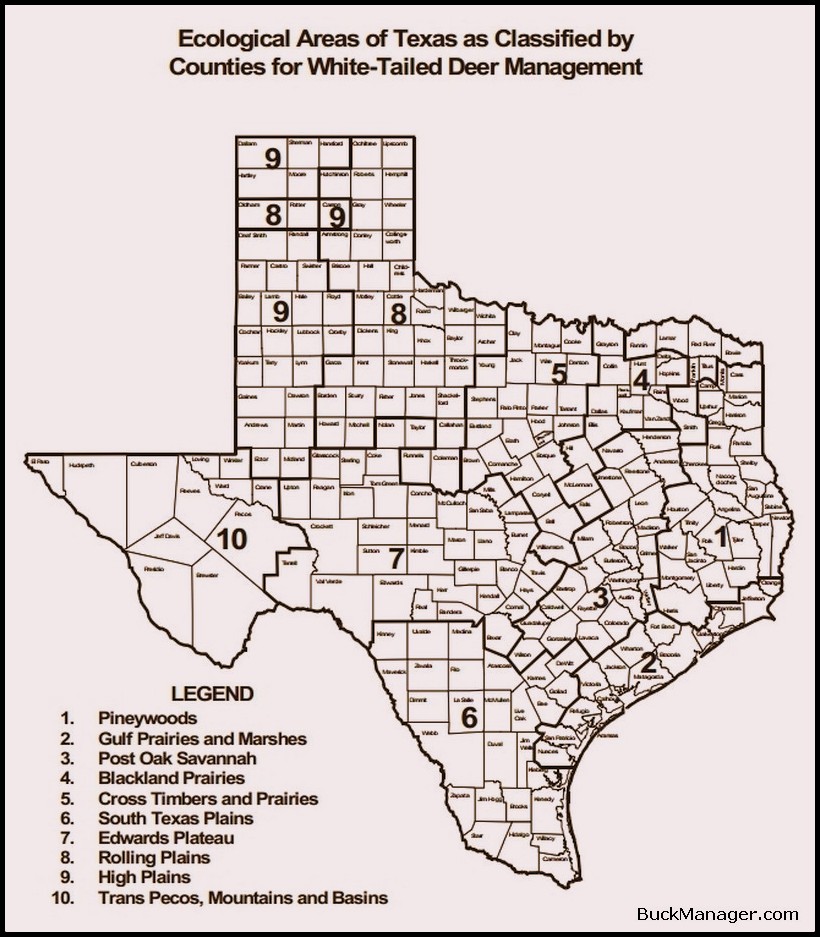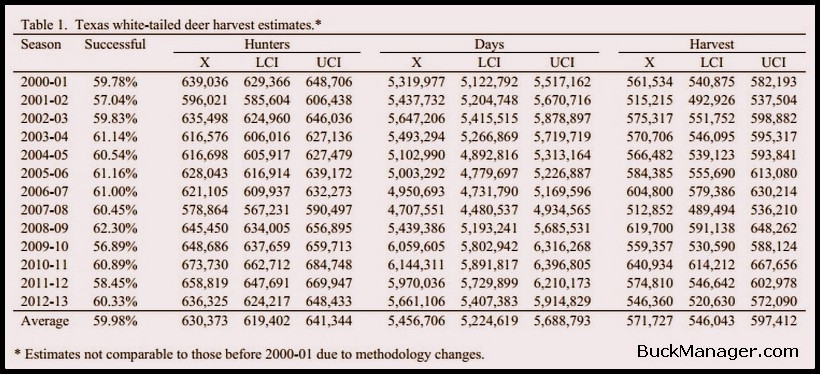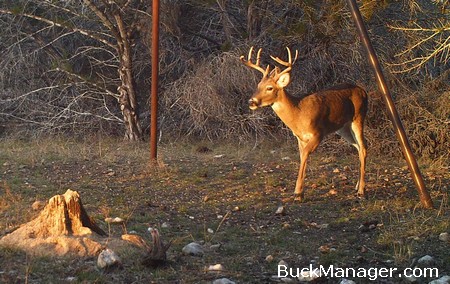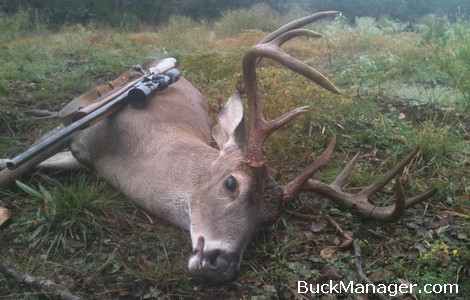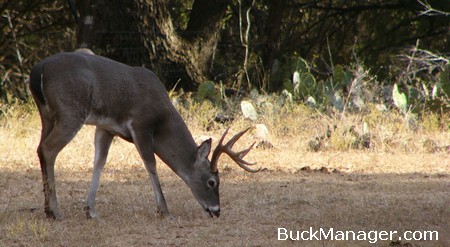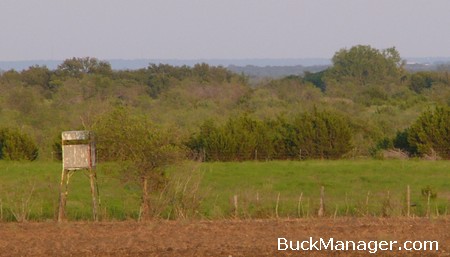A Look at Deer Hunting in Texas
It’s never too early to start talking about the upcoming white-tailed deer hunting season in Texas, especially now that we are halfway through the annual antler growth cycle. All of that velvety growth is starting to take shape, giving hunters a glimpse what to expect even though there are still a couple of months left before “hard-horned” bucks start filling trail camera photos. I love this time of year! The last few months leading up to deer season are almost as much fun as hunting season itself. Almost.
Texas is well known as one of the best places for hunting deer. After all, the state is home to the largest whitetail population in the US with an estimated 4 million animals. That’s a whole lot of hooves on the ground, but really a testament to the good deer management that is taking place on properties all across the state.
Number of Hunters, Deer Harvested
According to Texas Parks and Wildlife Department (TPWD), the 2012-13 deer hunting season saw over 636,000 deer hunters head into the field for about 5.6 million days of hunting. All that time in the stand produced an approximated harvest of just over 546,000 whitetail deer.
That is a lot of deer, but still less than 15 percent of Texas’ total whitetail population.
Source: “The big game harvest survey in its current format was first done after the 1972-73 hunting season. Immediately following the conclusion of the deer hunting season, a random sample of approximately 2.5% of all licensed hunters was selected and a big game harvest survey questionnaire was mailed to the selected hunters. After approximately 4 weeks, non-respondents were mailed a second questionnaire….
The survey asked if the recipient hunted the targeted species, county/counties hunted in, number of days spent hunting in each county, and sex and date of harvest of each individual harvested.”
Deer Harvest Highest in Edwards Plateau
TPWD estimates annual deer harvest in each of the 10 ecoregions that comprise the state. Once again, the top whitetail producer last season was the Edward’s Plateau, affectionately know as the Texas Hill Country by those that hunt there. Hunters decreased the deer herd found in the Edward’s Plateau by an estimated 177,000 whitetail last season. The second and third place finishers were South Texas with almost 103,000 deer harvested and the Post Oak region with just over 97,000 deer harvested, although the Pineywoods was not far behind.
The annual whitetail deer harvest for the 2012-13 season estimated well over a half-million deer, but the reported number is one of the lower statewide harvests in the last 13 years. In fact, the downward trend in total harvest is quite obvious over the past few years. This decline no doubt stems from the drought that has plagued all of Texas the last few years. Habitat conditions have decreased, herd recruitment has suffered and there have been fewer deer on the landscape in recent seasons.
From a deer management standpoint, fewer hooves on the ground is a good thing when environmental conditions are bad. This helps the standing population survive, allowing them to repopulate when habitat conditions improve. Let’s just hope that turn comes sooner rather than later. Deer harvest is about more than just shooting inferior bucks. Sometimes management means reducing deer herds to maintain the condition of wildlife habitat.
